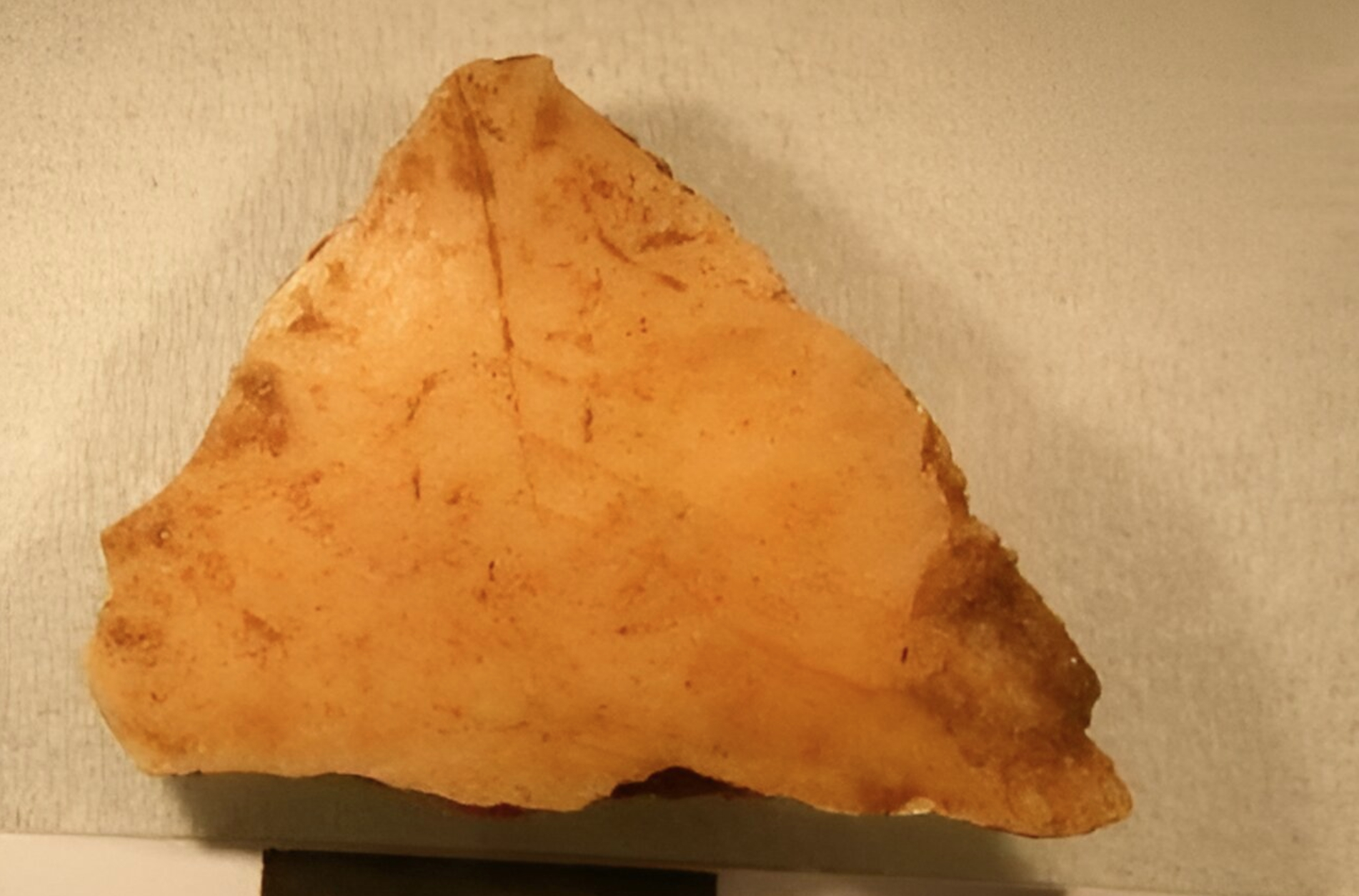
A recent CNRS study has determined who the very first modern humans to reside in Europe must have been around thirty-eight to forty thousand years ago. Within this time frame, new humans slowly replaced older human groups that had already been residing in Europe.
This major shift came after a serious change in climate and a huge volcanic eruption near Naples in an area called the Phlegraean Fields, according to the study.
To figure out the identity of these early human settlers, scientists from the National Centre for Scientific Research (CNRS) studied the genetic information of two skull pieces that are about thirty-six to thirty-seven thousand years old. These skull fragments were unearthed at the Buran Kaya III archaeological site.
Archaeological site of Buran-Kaya III
The Buran-Kaya III is a cave site that was first discovered in 1990. It holds a treasure trove of evidence of human activity spanning over fifty thousand years from the Middle Paleolithic era to the Middle Ages.
What really attracts archaeologists are the layers of history dating back to thirty-eight to thirty-four thousand years ago. Within these layers, experts have found things such as stone tools and carved bones similar to items from a culture known as the Gravettian culture, reported Live Science.
Buran Kaya III, Ukraine, is a rock shelter with archaeological material from medieval back to Szeletian times. A series of skeletal remains in a Gravettian layer represent modern people who lived in Crimea around 35,000 years ago.
Photo: Sandrine Prat and coworkers pic.twitter.com/8OH7SXtney— John Hawks (@johnhawks) March 12, 2022
This Gravettian culture began spreading across Europe around thirty-three thousand years ago. This discovery suggests that Buran-Kaya might be the earliest proof of people settling down in Europe, and it might have played a role in the development of the Gravettian culture.
To explore the notion that the people at Buran-Kaya could be the ancestors of the Gravettian toolmakers, a group of researchers under the leadership of CNRS ancient genetics experts Eva-Maria Geigl and Thierry Grange decoded the DNA of two male skeletons.
Buran-Kaya people entered Europe after super volcano eruption
Once the scientists read the genetic codes of these two men and compared them to the genetic codes of people who lived in Europe during that era, they made an interesting discovery.
These men’s genes were more similar to the genes of the more recent newcomers to Europe. This tells us that the Buran-Kaya people were a part of the population that moved into Europe after the super volcano in southern Italy’s Phlegraean Fields erupted, according to researchers.
Venus of Renancourt. Date: around 21,000 BC. Culture / Period: Gravettian culture, Upper Paleolithic. Place of discovery: Palaeolithic site of Renancourt, France, November 27, 2014. pic.twitter.com/Ufl0FwXRV5
— Archaeology & Art (@archaeologyart) August 12, 2023
The Buran-Kaya people had Gravettian style stone tools, which are usually found about seven thousand years later and quite a distance away, roughly 1,865 miles (3,000 kilometers) from this site, reported Live Science.
The researchers hypothesized that when the weather warmed up around thirty-eight to thirty-five years ago, people from Crimea and other southern safe havens began moving and thereby also spreading their culture. It was at this time that they moved on into Eastern and Central Europe.
See all the latest news from Greece and the world at Greekreporter.com. Contact our newsroom to report an update or send your story, photos and videos. Follow GR on Google News and subscribe here to our daily email!



